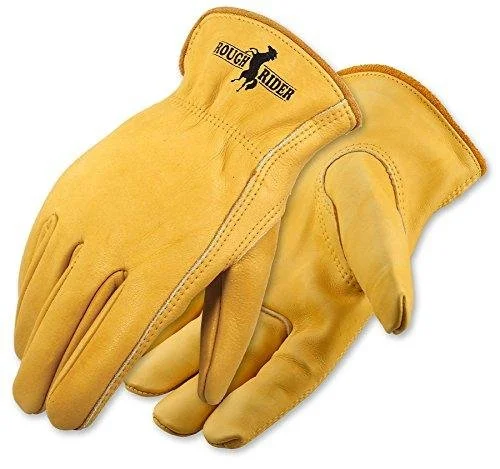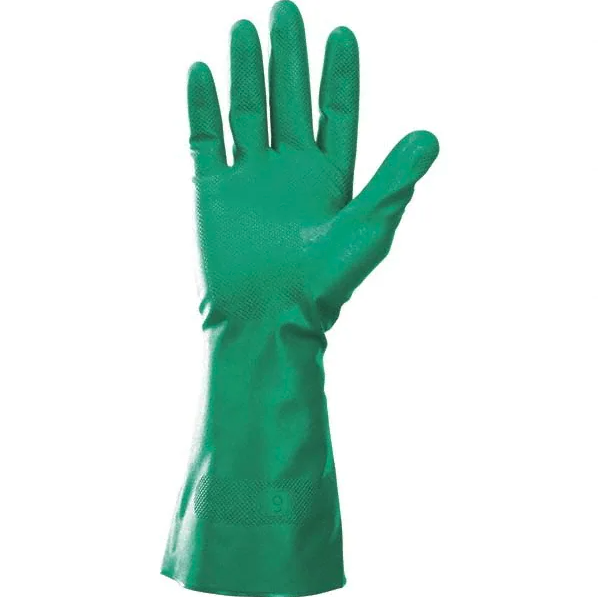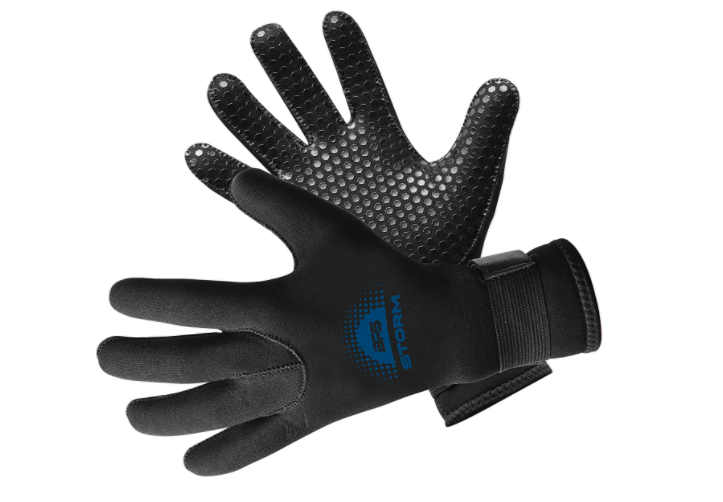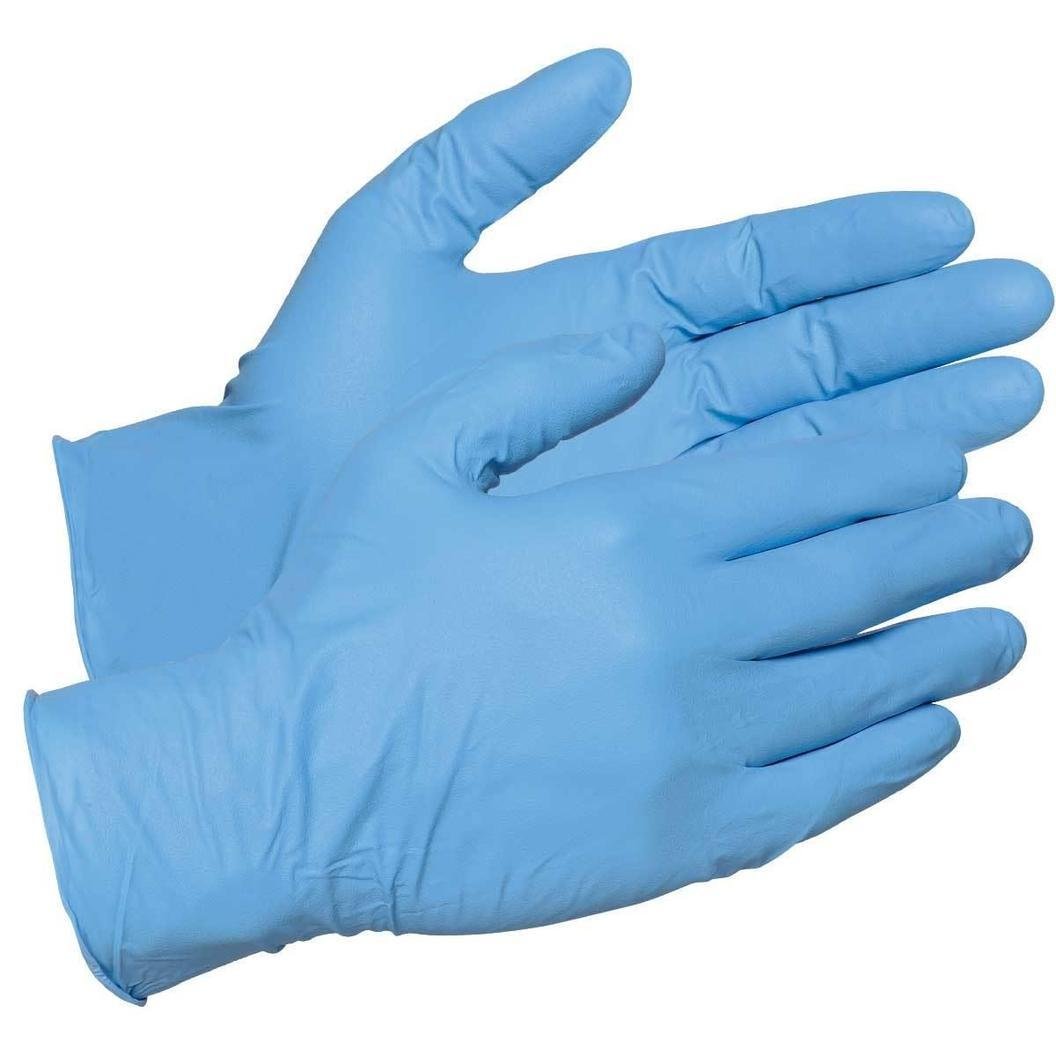Safety 101: Gloves
Welcome to the new Safety 101 blog series! TeamCraft understands what it takes to safely perform construction work, and has decided to pool the incredible experience of our personnel for this educational series. Construction workers must be proficient in countless categories of safety knowledge. We have decided to focus our first blog series on how to best utilize and understand PPE (Personal Protective Equipment) .
There will be four parts to PPE Safety 101:
Part 1: Gloves
Part 2: Head Gear
Part 3: Fall Protection
Part 4: Fire Safety
This Safety 101 session outlines the various types of gloves available in the marketplace, and the pros and cons of each. Please note, it is important to read the safety and warning labels on any PPE you use! This blog is informational, but your equipment’s warning label is the ultimate guide. If you have any doubts on how to use a piece of equipment you should call an expert before proceeding with work.
The first step to deciding which glove is correct for your work is to evaluate the hazards in your workplace. The following questions can help to evaluate the risks to your hands:
What type of equipment will I be handling? Could it cut me with a blade?
Will I be in contact with any liquids or other hazardous materials?
Do I need perfect dexterity to be able to perform the job?
Selecting the right glove for your work is important. For 2019 the National Safety Council (NSC) reported that 13.6% of construction injuries were to hands, and 8.9% to fingers. The total related injuries to hands accounted for 22.7% of all injuries. More than 1 in 5 injured employees have hand injuries! This could be greatly mitigated if workers were better educated on appropriate glove selection, and utilized the right PPE daily. TeamCraft partnered with Wryker Construction Supply to identify the ten major categories of safety gloves.
1) Cotton Gloves
Pros: The most basic glove is a cotton (or other fabric material) glove. They are cheap, and offer some insulation against cold weather.
Cons: They offer limited to no protection against any significant hazards. We do not recommend using cotton gloves for any form of construction work.
On average cotton gloves cost $3 per pair.
2) Leather Gloves
On average leather gloves cost $15 per pair. Buy leather gloves here. *
Pros: Leather gloves are popular among many trades. Leather provides adequate protection against most heat and cold exposures, and guards against scratch and abrasion. The gloves have good friction for gripping, and often times are thin enough to allow reasonable digit dexterity. Welders almost exclusively use these for their work. This is a well rounded glove for a wide variety of work.
Cons: After continuous exposure to heat leather gloves can shrink and become dry. If the glove is being used without a liner the direct contact to skin can cause mild dryness irritation. They are also more expensive than many of the widely available synthetic alternatives.
3) Coated or Treated Fabric Gloves
On average coated gloves cost $6 per pair. Buy coated gloves here.
Pros: Coated gloves offer significantly more protection than straight fabric. They are lightweight, and cost effective. These gloves are favored by masonry workers since they protect the hands from drying out when handling bricks, concrete, grout, etc.
Cons: This style glove is not suitable for chemical resistance. Coatings on the glove can vary, and not all coatings respond the same to the elements. It is important to read the spec sheet and note the ANSI safety rating of your coated glove to make sure you understand its limitations. Unfortunately, the only guaranteed fact about coated gloves is that they all vary in their robustness and ability.
4) Latex Gloves
Pros: We are all familiar with latex gloves, but what are they safe for? Latex is derived from the sap of rubber trees, and has been used to make disposable gloves since 1964. Latex offers protection against solvents, petroleum, oil, gasoline, greases and some chemicals. These gloves are comfortable to wear, and offer excellent tensile strength.
Cons: While latex is natural, it is also a common allergen. We advise purchasing hypoallergenic, synthetic gloves, not latex. See Butyl, Vinyl, Neoprene, and Nitrile glove options below.
5) Butyl Rubber Gloves
On average butyl rubber gloves cost $4 per pair. Buy butyl rubber gloves here.
Pros: According to OSHA butyl gloves are made of a synthetic rubber and protect against a wide variety of chemicals, such as peroxide, rocket fuels, highly corrosive acids (nitric acid, sulfuric acid, hydrofluoric acid and red-fuming nitric acid), strong bases, alcohols, aldehydes, ketones, esters and nitrocompounds. Butyl gloves also resist oxidation, ozone corrosion and abrasion, and remain flexible at low temperatures.
Cons: Butyl rubber does not perform well with aliphatic and aromatic hydrocarbons and halogenated solvents. Nitrile gloves should be used to prevent hyrocarbon exposure.
6) Neoprene Gloves
On average neoprene gloves cost $8 per pair. Buy neoprene gloves here.
Pros: Neoprene gloves are made of synthetic rubber and offer good pliability, finger dexterity, high density and tear resistance. They protect against hydraulic fluids, gasoline, alcohols, peroxides, organic acids and alkalis . They generally have chemical and wear resistance properties superior to those made of natural rubber.
Cons: Neoprene gloves are more expensive than some of the other chemical synthetic gloves. They also become very stiff in cold temperatures and are not suitable for cold exposure. These gloves are also not waterproof, they will absorb liquid with prolonged exposure.
7) Nitrile Gloves
On average nitrile gloves cost $20 per 100 pair box. Buy nitrile gloves here.
Pros: Nitrile gloves offer protection against solvents, petroleum, oil, gasoline, greases and some chemicals. Compared to synthetic vinyl material, nitrile gloves are less likely to tear with higher resistance of being punctured; when used properly, nitrile gloves are very durable. Latex-free nitrile material protects hands while eliminating concerns for reactions caused by latex allergies. Nitrile gloves are ideal when trying to protect the hands from hydrocarbon exposures.
Cons: Limited puncture protection, and not a panacea to chemical exposures. Some chemicals are too strong for nitrile gloves to provide adequate protection.
8) Vinyl Gloves
On average vinyl gloves cost $10 per 100 pair box.
Pros: Vinyl gloves are another non-latex containing disposable glove alternative. They are cheap and disposable.
Cons: Limited puncture and chemical protection. These gloves are suitable for food preparation or similar tasks that require disposable gloves, with little to no hazards in the environment.
9) Aluminized Gloves
On average aluminized gloves start around $50, but can be significantly more expensive depending on what style is purchased.
Pros: Aluminized gloves offer excellent reflective and insulating protection against heat. These are predominately used in the welding and metal fields
Cons: These gloves need specific liners for the type of work being performed. There are many options within this category of glove and we highly advise consulting with a welding professional before utilizing these gloves for any task.
10) Kevlar Gloves
On average kevlar gloves cost $5 per pair.
Pros: This light weight, cut-resistant glove is great for keeping employees safe on the job site. Its synthetic composition is five times stronger than steel and extremely heat resistant to provide protection between 200-400 degrees Fahrenheit. ANSI safety ratings for kevlar gloves can vary; make sure to read the manufacturer’s specifications sheet. These gloves are often used as liners.
Cons: The most significant downside of kevlar gloves is that they do not hold up to UV rays well overtime. If kevlar gloves are being utilized outdoors they need to be evaluated for safety before use. The higher rated kevlar safety gloves have to be quite thick to achieve the desired ANSI A3 to A5 ratings, and as such restrict mobility and dexterity.
Safety Ratings
Now that you have an understanding of the different types of gloves available in the marketplace, it is important to review the ANSI (American National Standards Institute) glove safety standards. In 2016 the glove standards were reworked, our summary reflects the updated categories. The standards indicate how many grams of cutting load a glove can withstand from a sharp blade before it gets penetrated.
A1: 200 - 499 Grams (Low Cut Hazards)
A2: 500 - 999 Grams (Light Cut Hazards)
A3: 1000 - 1499 Grams (Light/Medium Cut Hazards)
A4: 1500 - 2199 Grams (Medium Cut Hazards)
A5: 2200 - 2999 Grams (Medium/High Cut Hazards)
A6: 3000 - 3999 Grams (High Cut Hazards)
A7: 4000 - 4999 Grams (Higher Cut Hazards)
A8: 5000 - 5999 Grams (Highest Cut Hazards)
A9: 6000+ Grams (Extreme Cut Hazards)
*We do not receive any commission for the sale of product from our partner, Wyker Construction Supply.
*All average pricing is contemplating individual product purchases. As with all supplies, you can secure a discount for buying in bulk. Email sales@wryker.com to get your quotes.





